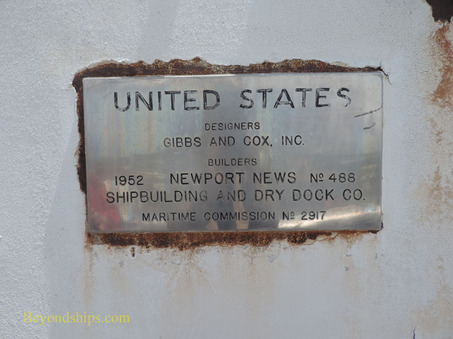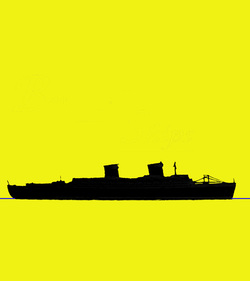United States home page
A Visit to the SS United States
Still Proud (SS United States video)
SS United States Story
Saving the SS United States
A Visit to the SS United States
Still Proud (SS United States video)
SS United States Story
Saving the SS United States
|
VIDEO FEATURE:
THE SS UNITED STATES STORY by Richard H. Wagner page one |
CONTENTS
Introduction, Concept, Design and Construction
The Service Years Early Retirement Almost A Cunarder Norwegian to the Rescue The Last Chance |
Historic ship article - SS United States - The SS United States Story - page one

